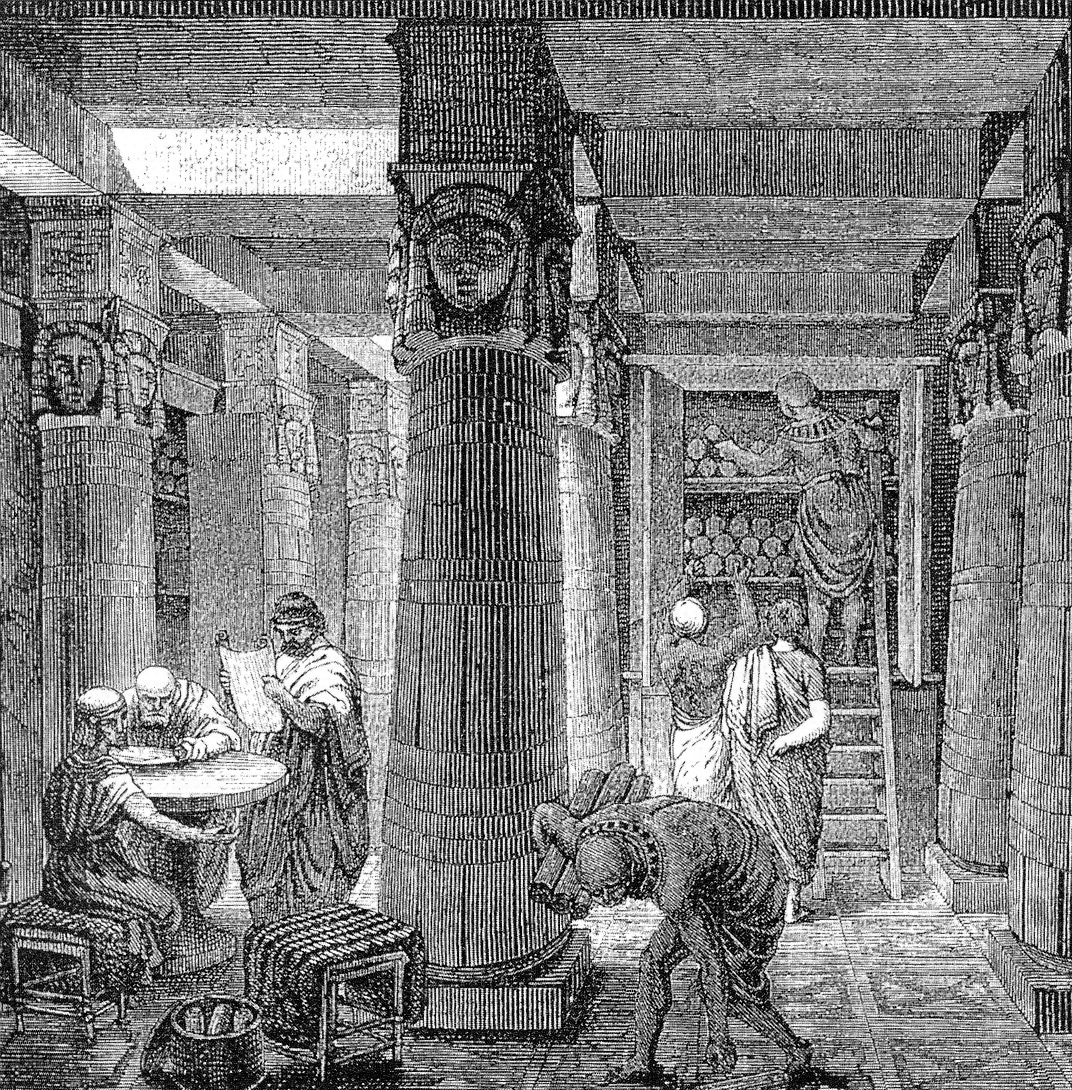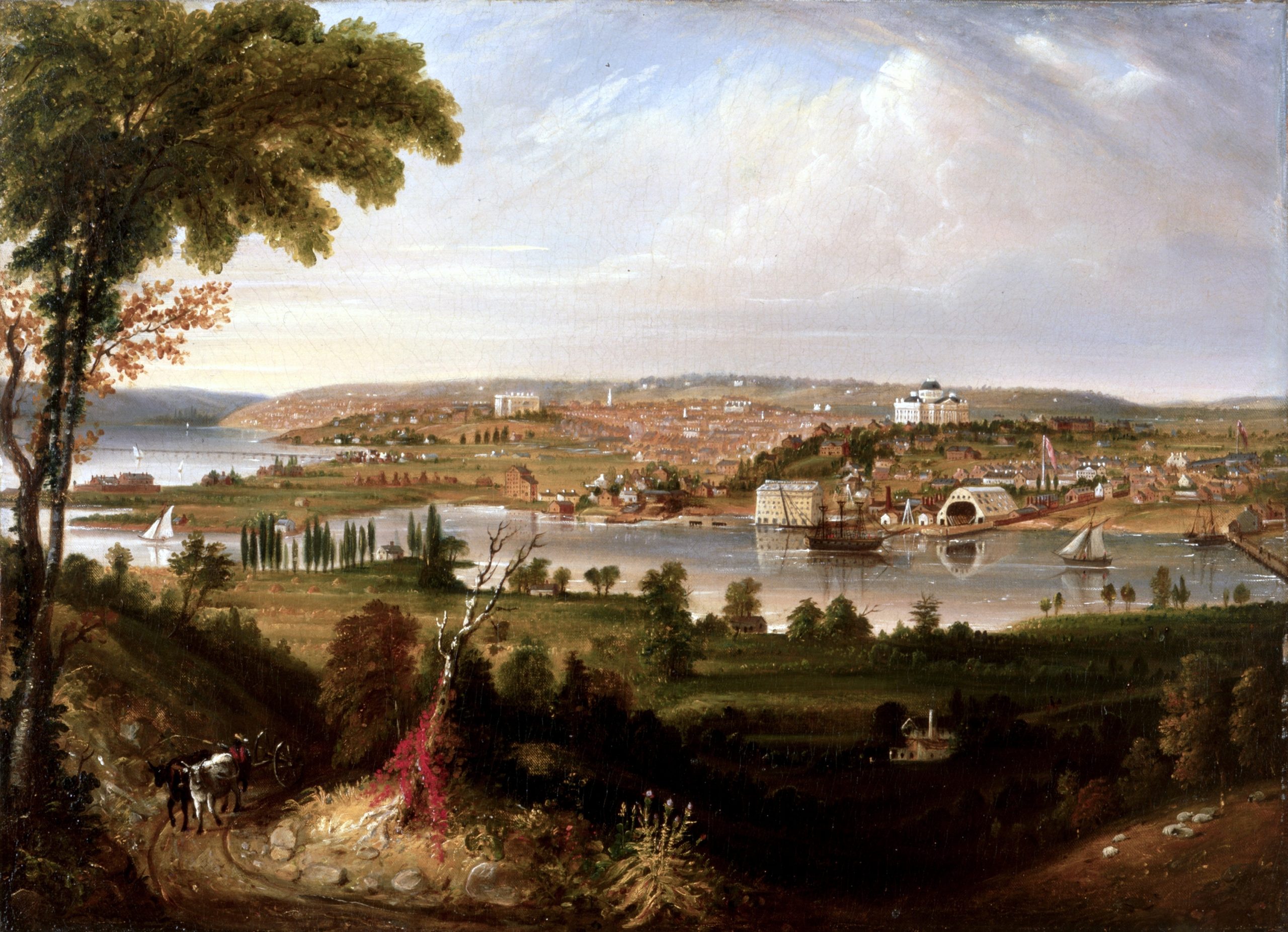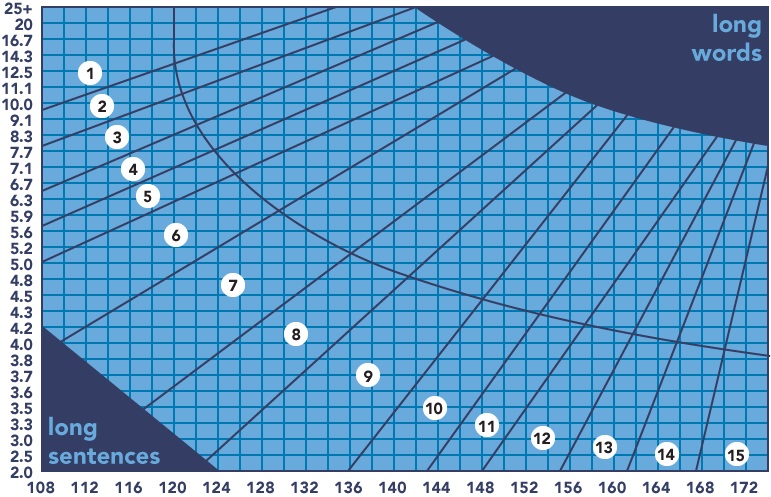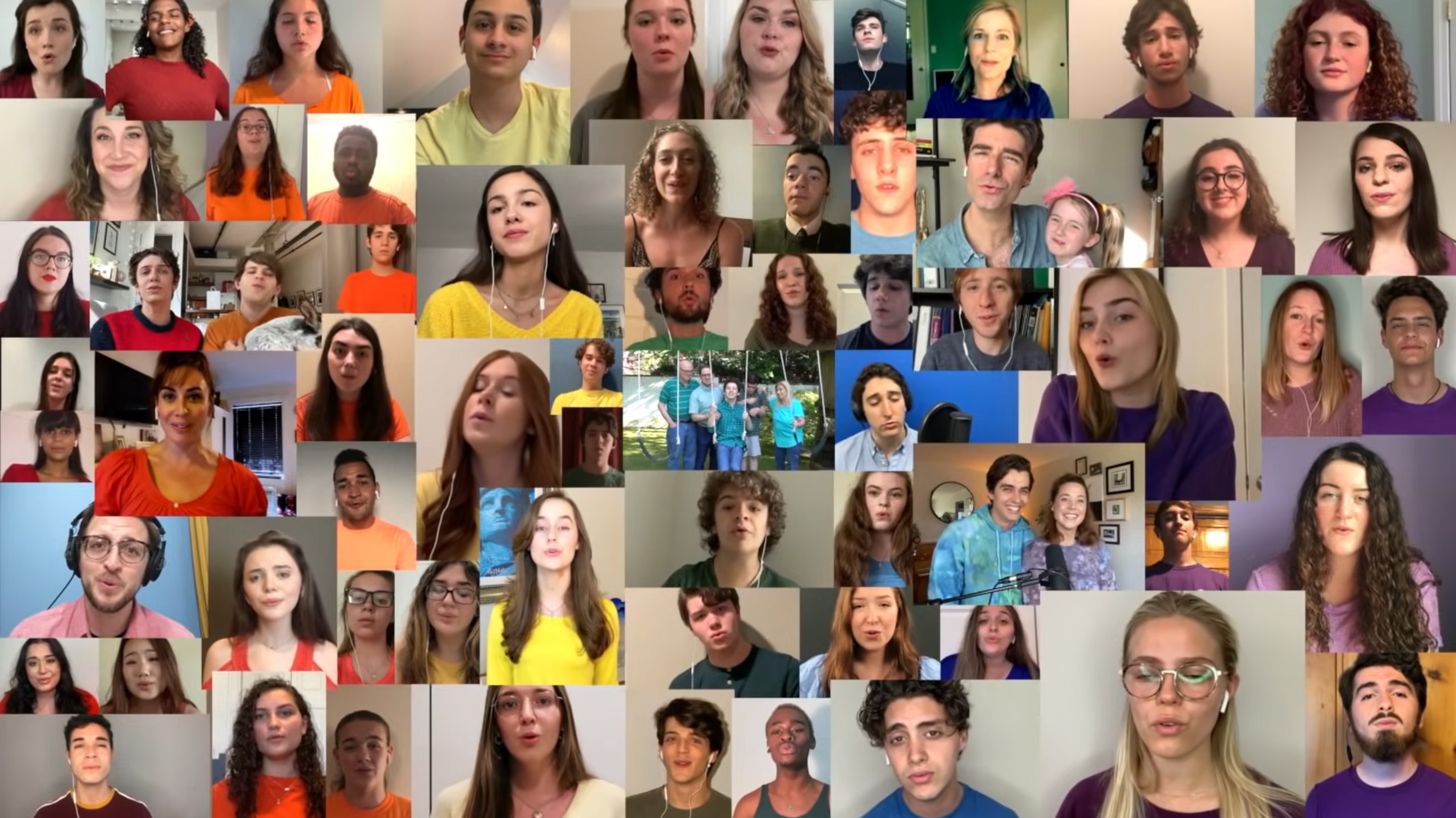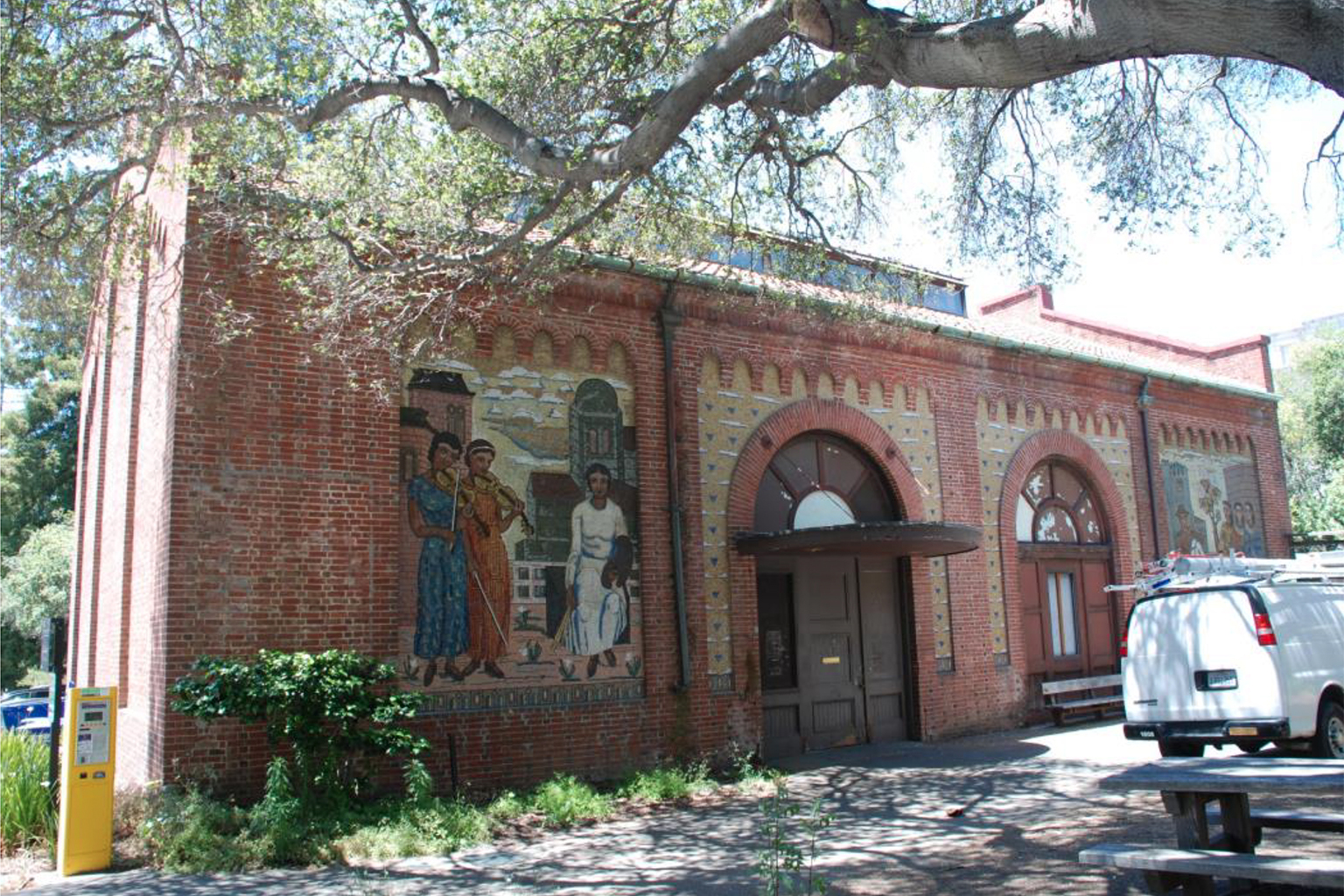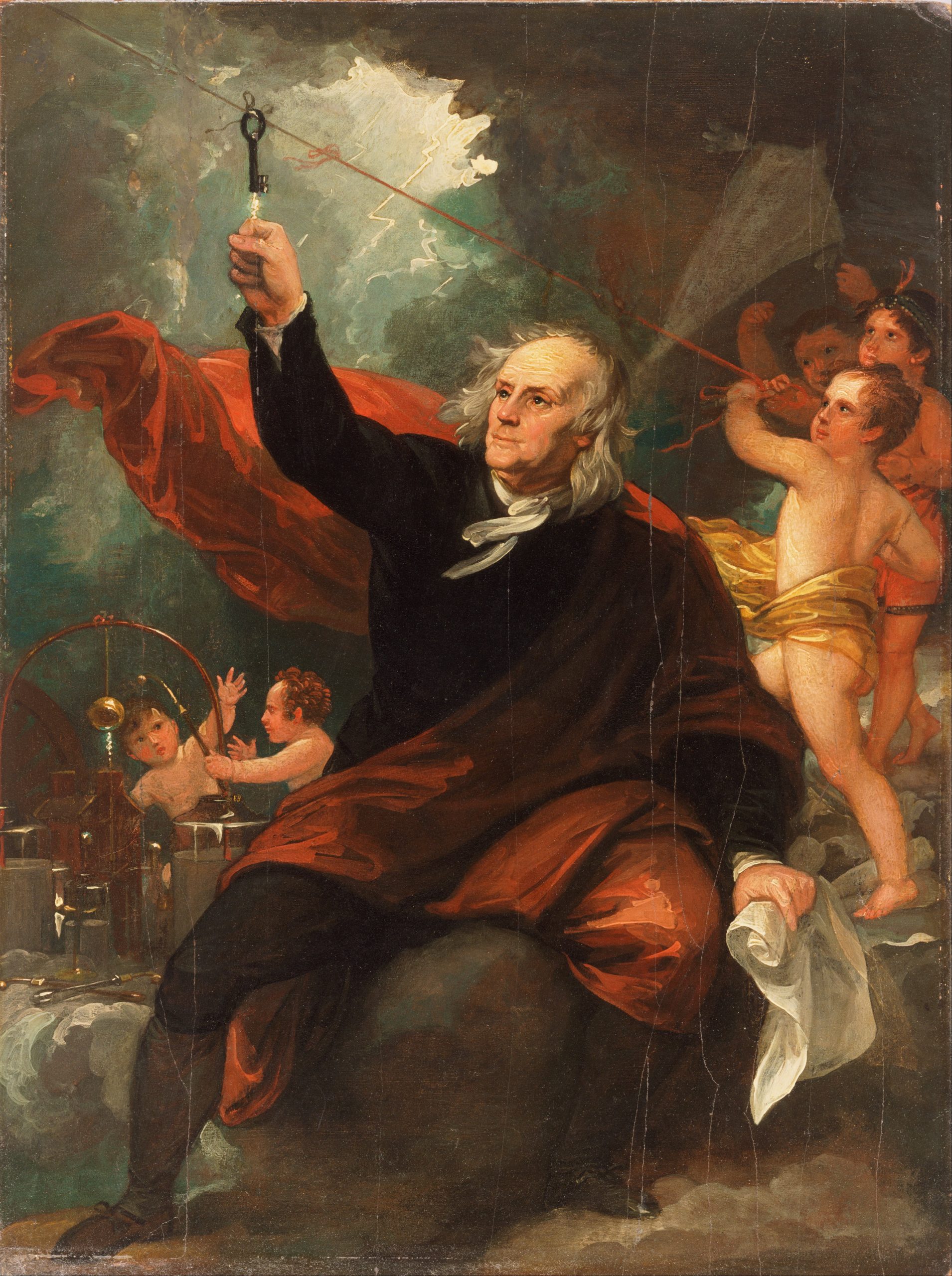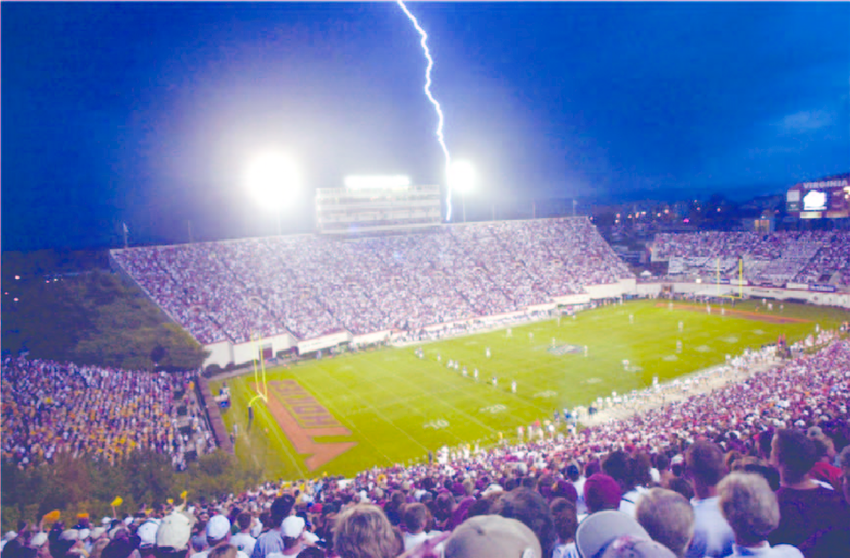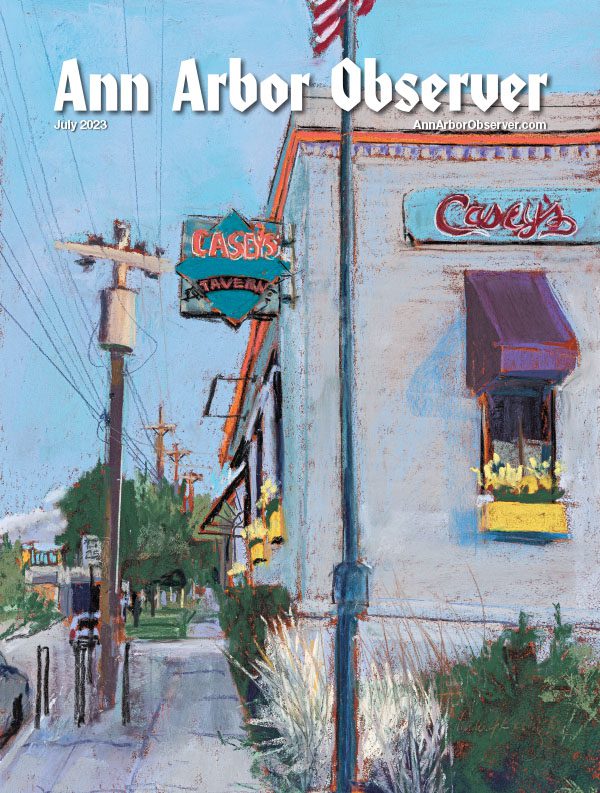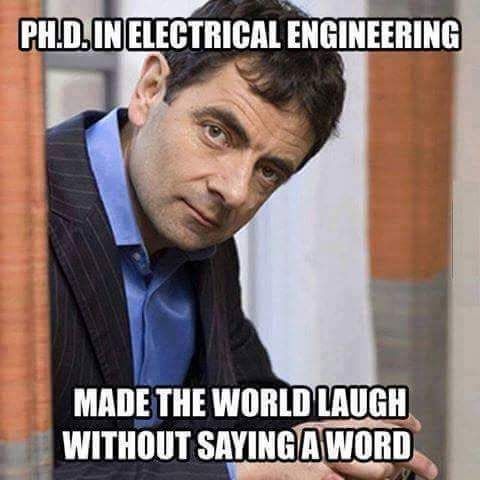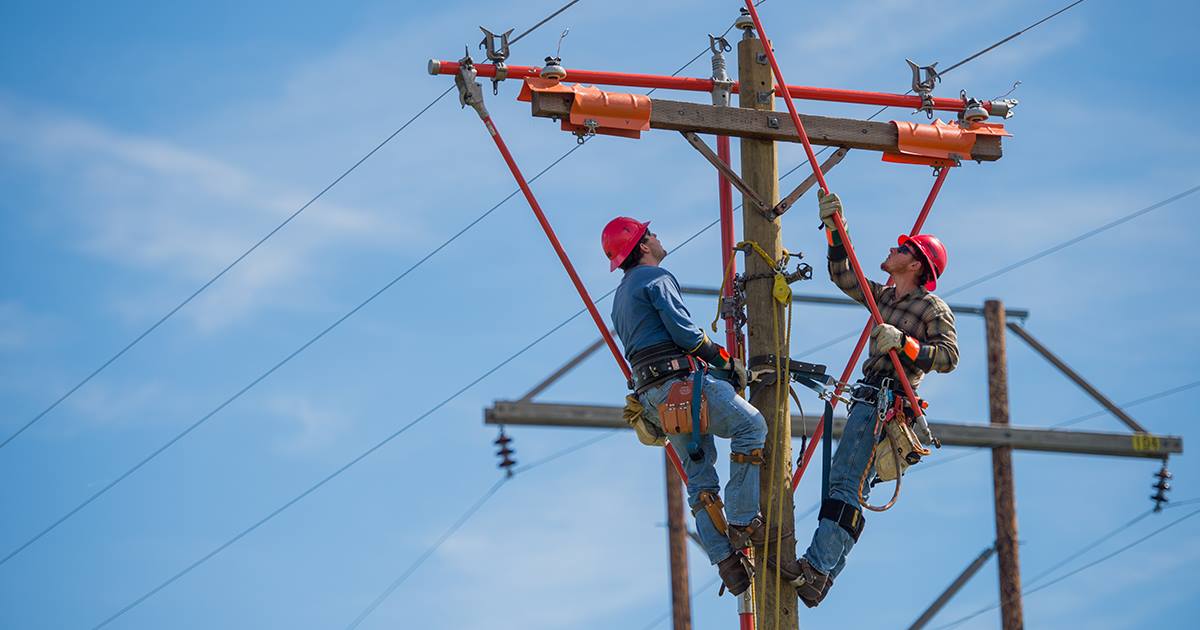Author Archives: mike@standardsmichigan.com
- Home
- Articles posted by mike@standardsmichigan.com (Page 2)

Guide to Premises Security
NFPA 730 Guide to Premise Security guide describes construction, protection, occupancy features, and practices intended to reduce security vulnerabilities to life and property. Related document — NFPA 731 Standard for the Installation of Electronic Premises Security Systems covers the application, location, installation, performance, testing, and maintenance of electronic premises security systems and their components.
The original University of Michigan standards advocacy enterprise (see ABOUT) began following the evolution of NFPA 730 and NFPA 731 since the 2008 Edition. That enterprise began a collaboration with trade associations and subject matter experts from other universities (notably Georgetown University and Evergreen State University) to advocate user-interest concepts in the 2011 edition. A summary of advocacy action is summarized in the links below:
in the appeared in a trade association journal Facilities Manager:
APPA Code Talkers Anthony Davis Facility Manager May June 2011
An online presentation by Michael C. Peele (Georgetown University) — one of the voting members of NFPA 730 and NFPA 731 technical committees– was recorded and is linked below.
FREE ACCESS: 2023 Guide for Premises Security
FREE ACCESS: 2018 NFPA 730 Guide to Premise Security
Public comment on the First Draft of the 2026 Edition will be received until January 3, 2025. You may key in your own ideas by clicking in to our user-interest Public Consultation Meeting Point or by communicating directly with the NFPA.
This title remains on the standing agenda of our Security colloquia. See our CALENDAR for the next online meeting; open to everyone.
Design Standard Readability
Abstract. Research problem: Readability equations are widely used to compute how well readers will be able to understand written materials. Those equations were usually developed for nontechnical materials, namely, textbooks for elementary, middle, and high schools. This study examines to what extent computerized readability predictions are consistent for highly technical material – selected Society of Automotive Engineers (SAE) and International Standards Organization (ISO) Recommended Practices and Standards relating to driver interfaces. Literature review: A review of original sources of readability equations revealed a lack of specific criteria in counting various punctuation and text elements, leading to inconsistent readability scores. Few studies on the reliability of readability equations have identified this problem, and even fewer have systematically investigated the extent of the problem and the reasons why it occurs. Research questions:
(1) Do the most commonly used equations give identical readability scores?
(2) How do the scores for each readability equation vary with readability tools?
(3) If there are differences between readability tools, why do they occur?
(4) How does the score vary with the length of passage examined?
Method: Passages of varying lengths from 12 selected SAE and ISO Recommended Practices and Standards were examined using five readability equations (Flesch-Kincaid Grade Level, Gunning Fog Index, SMOG Index, Coleman-Liau Index, and Automated Readability Index) implemented five ways (four online readability tools and Microsoft Word 2013 for Windows). In addition, short test passages of text were used to understand how different readability tools counted text elements, such as words and sentences. Results and conclusions: The mean readability scores of the passages from those 12 SAE and ISO Recommended Practices and Standards ranged from the 10th grade reading level to about 15th. The mean grade reading levels computed across the websites were: Flesch-Kincaid 12.8, Gunning Fog 15.1 SMOG 12.6, Coleman-Liau 13.7, and Automated Readability Index 12.3. Readability score estimates became more consistent as the length of the passage examined increased, with no noteworthy improvements beyond 900 words. Among the five readability tools, scores typically differed by two grade levels, but the scores should have been the same. These differences were due to how compound and hyphenated words, slashes, numbers, abbreviations and acronyms, and URLs were counted, as well other punctuation and text elements. These differences occurred because the sources for these equations often did not specify how to score various punctuation and text elements. Of the tools examined, the authors recommend Microsoft Word 2013 for Windows if the Flesch-Kincaid Grade Level is required.
Virginia Woolf: pic.twitter.com/8IPw1Fmevk
— Dr. Maya C. Popa (@MayaCPopa) May 25, 2023
Rain & Lightning
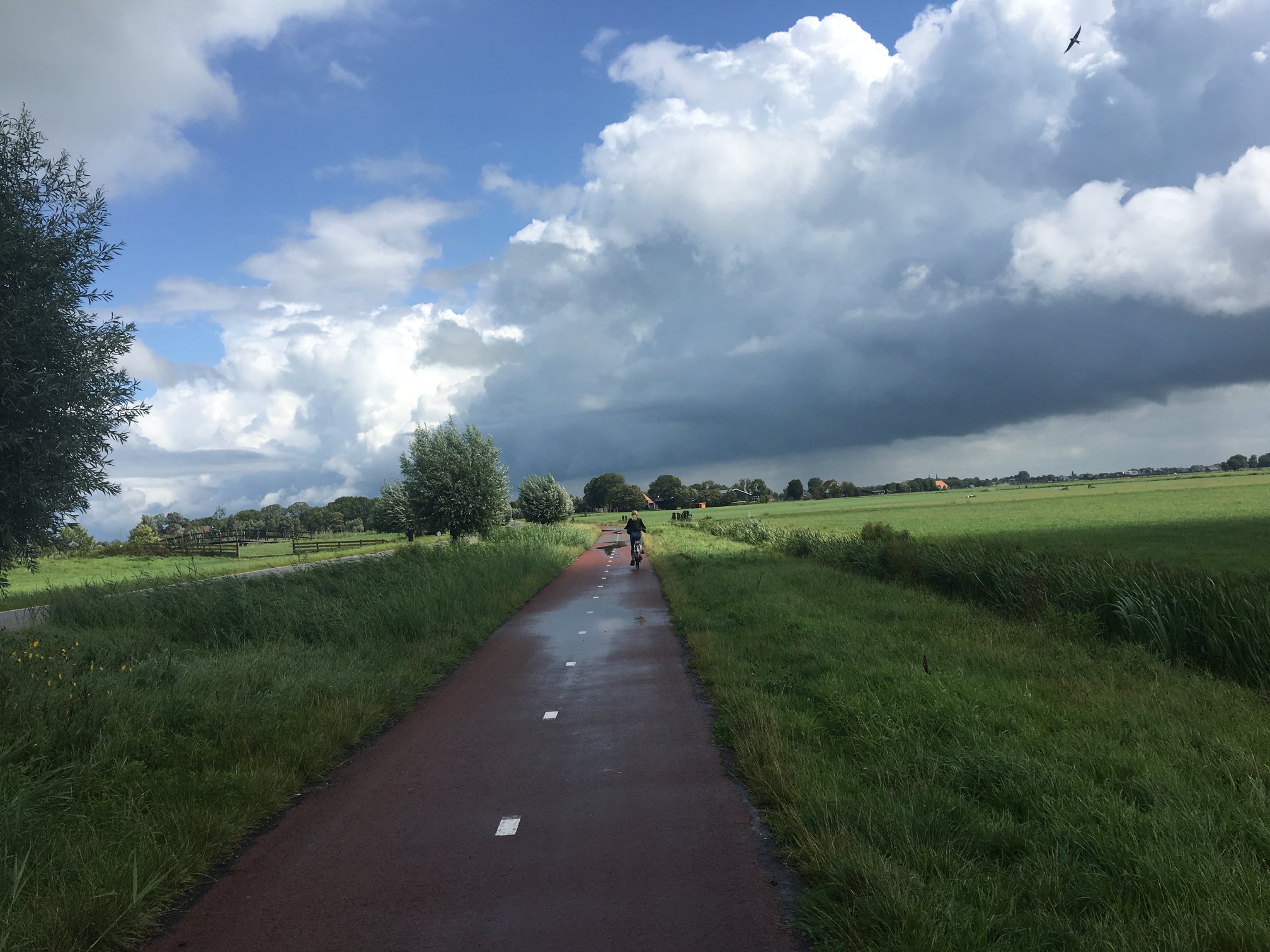
After the rain. Personal photograph taken by Mike Anthony biking with his niece in Wirdum, The Netherlands
Today at 15:00 UTC we examine the technical literature about rainwater management in schools, colleges and universities — underfoot and on the roof. Lightning protection standards will also be reviewed; given the exposure of outdoor athletic activity and exterior luminaires.
We draw from previous standardization work in titles involving water, roofing systems and flood management — i.e. a cross-cutting view of the relevant standard developer catalogs. Among them:
American Society of Civil Engineers
American Society of Plumbing Engineers
ASHRAE International
ASTM International
Construction Specifications Institute (Division 7 Thermal and Moisture Protection)
Federal Emergency Management Agency
FM Global
Water Cycle Equation:
Precipitation = Runoff + Infiltration + Evapotranspiration + ΔStoragehttps://t.co/DdIA3UWUxy
Georgia Southern University Civil Engineering & Constructionhttps://t.co/rVhv4tyuBt@GeorgiaSouthern pic.twitter.com/9yo5NZrJQH— Standards Michigan (@StandardsMich) September 10, 2020
IAPMO Group (Mechanical and Plumbing codes)
Institute of Electrical and Electronic Engineers
Heat Tracing Standards
International Code Council
Chapter 15 Roof Assemblies and Rooftop Structures
Why, When, What and Where Lightning Protection is Required
National Fire Protection Association
National Electrical Code: Article 250.16 Lightning Protection Systems
Lightning Protection
Underwriters Laboratories: Lightning Protection
United States Department of Agriculture: Storm Rainfall Depth and Distribution
Readings: The “30-30” Rule for Outdoor Athletic Events Lightning Hazard
As always, our daily colloquia are open to everyone. Use the login credentials at the upper right of our home page.
Enjoying Princeton, with its replica of Magdalen's Great Tower, and its authentically British-style rain pic.twitter.com/FqaQTIUFqc
— Dinah Rose (@DinahGLRoseKC) September 10, 2023
The “lightning effect” seen in carnival tricks typically relies on a scientific principle known as the Lichtenberg figure or Lichtenberg figure. This phenomenon occurs when a high-voltage electrical discharge passes through an insulating material, such as wood or acrylic, leaving behind branching patterns resembling lightning bolts.
The process involves the creation of a temporary electric field within the material, which polarizes its molecules. As the discharge propagates through the material, it causes localized breakdowns, creating branching paths along the way. These branching patterns are the characteristic Lichtenberg figures.
In the carnival trick, a high-voltage generator is used to create an electrical discharge on a piece of insulating material, such as acrylic. When a person touches the material or a conductive object placed on it, the discharge follows the path of least resistance, leaving behind the branching patterns. This effect is often used for entertainment purposes due to its visually striking appearance, resembling miniature lightning bolts frozen in the material. However, it’s crucial to handle such demonstrations with caution due to the potential hazards associated with high-voltage electricity.
Electrical Switch Station #8
This project restores the Old Art Gallery building for a new electrical switching station. The 1904 building was originally the campus powerhouse, supplying electricity and steam to the young Berkeley campus. As the campus grew, power demands exceeded its capacity and, in 1930, a new central plant opened in the southwest part of campus. In 1934, the former powerhouse building reopened as a gallery to display art and served this purpose until a new University Art Museum opened on Bancroft Way in 1970. The building was subsequently used for storage for more than 50 years.
In restoring and structurally improving the Old Art Gallery building to house the new Switch Station #8, the small brick building that began its storied life as a powerhouse more than 100 years ago will become a key component in UC Berkeley’s 100% clean energy future.
IEEE TV: Overview of UC Berkely Resistance Grounded Campus Power System
Lightning Protection Systems
Benjamin Franklin conducted his famous experiment with lightning on June 10, 1752.
He used a kite and a key to demonstrate that lightning was a form of electricity.
This experiment marked an important milestone in understanding the nature of electricity
and laid the foundation for the development of lightning rods and other lightning protection systems.
Seasonal extreme weather patterns in the United States, resulting in damages to education facilities and delays in outdoor athletic events — track meets; lacrosse games, swimming pool closures and the like — inspire a revisit of the relevant standards for the systems that contribute to safety from injury and physical damage to buildings: NFPA 780 Standard for the Installation of Lightning Protection Systems
To paraphrase the NFPA 780 prospectus:
- This document shall cover traditional lightning protection system installation requirements for the following:
(1) Ordinary structures
(2) Miscellaneous structures and special occupancies
(3) Heavy-duty stacks
(4) Structures containing flammable vapors, flammable gases, or liquids with flammable vapors
(5) Structures housing explosive materials
(6) Wind turbines
(7) Watercraft
(8) Airfield lighting circuits
(9) Solar arrays - This document shall address lightning protection of the structure but not the equipment or installation requirements for electric generating, transmission, and distribution systems except as given in Chapter 9 and Chapter 12.
(Electric generating facilities whose primary purpose is to generate electric power are excluded from this standard with regard to generation, transmission, and distribution of power. Most electrical utilities have standards covering the protection of their facilities and equipment. Installations not directly related to those areas and structures housing such installations can be protected against lightning by the provisions of this standard.)
- This document shall not cover lightning protection system installation requirements for early streamer emission systems or charge dissipation systems.
“Down conductors” must be at least #2 AWG copper (0 AWG aluminum) for Class I materials in structures less than 75-ft in height
“Down conductors: must be at least 00 AWG copper (0000 AWG aluminum) for Class II Materials in structures greater than 75-ft in height.
Related grounding and bonding requirements appears in Chapters 2 and Chapter 3 of NFPA 70 National Electrical Code. This standard does not establish evacuation criteria.
The current edition is dated 2023 and, from the transcripts, you can observe concern about solar power and early emission streamer technologies tracking through the committee decision making. Education communities have significant activity in wide-open spaces; hence our attention to technical specifics.
Public input on the 2026 revision is receivable until 1 June 2023.
We always encourage our colleagues to key in their own ideas into the NFPA public input facility (CLICK HERE). We maintain NFPA 780 on our Power colloquia which collaborates with IEEE four times monthly in European and American time zones. See our CALENDAR for the next online meeting; open to everyone.
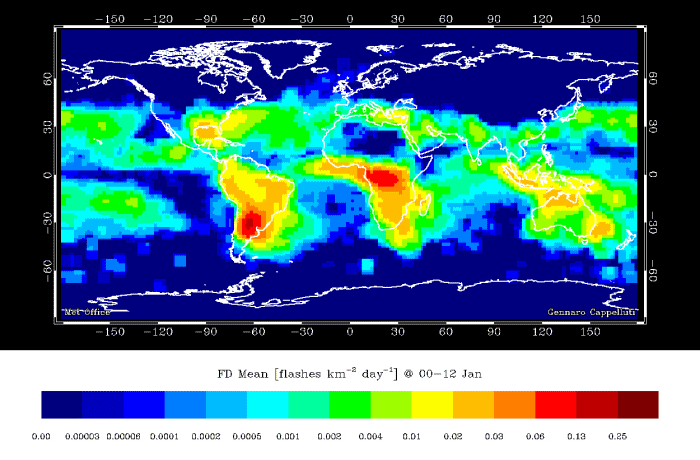
Lightning flash density – 12 hourly averages over the year (NASA OTD/LIS) This shows that lightning is much more frequent in summer than in winter, and from noon to midnight compared to midnight to noon.
Issue: [14-105]
Category: Electrical, Telecommunication, Public Safety, Risk Management
Colleagues: Mike Anthony, Jim Harvey, Kane Howard
Didn't really plan for all possibilities, did they. 🤓
NC State's brand-new scoreboard shorts out due to lightning storms https://t.co/KWm78nrRau
— DJ (@DJ87112331) September 10, 2023
The "Top engineering school in the state" just built a $15 million scoreboard without a lightning rod.
Wasn't it just last year that their game got delayed because they couldn't turn the lights on? https://t.co/wWt9gSMYIv
— Steele (@0Gstank) September 9, 2023
More
Installing lightning protection system for your facility in 3 Steps (Surge Protection)
IEEE Education & Healthcare Facility Electrotechnology
Readings: The “30-30” Rule for Outdoor Athletic Events Lightning Hazard
Churches and chapels are more susceptible to lightning damage due to their height and design. Consider:
Height: Taller structures are more likely to be struck by lightning because they are closer to the cloud base where lightning originates.
Location: If a church or chapel is situated in an area with frequent thunderstorms, it will have a higher likelihood of being struck by lightning.
Construction Materials: The materials used in the construction of the building can affect its vulnerability. Metal structures, for instance, can conduct lightning strikes more readily than non-metallic materials.
Proximity to Other Structures: If the church or chapel is located near other taller structures like trees, utility poles, or buildings, it could increase the chances of lightning seeking a path through these objects before reaching the building.
Lightning Protection Systems: Installing lightning rods and other lightning protection systems can help to divert lightning strikes away from the structure, reducing the risk of damage.
Maintenance: Regular maintenance of lightning protection systems is essential to ensure their effectiveness. Neglecting maintenance could result in increased susceptibility to lightning damage.
Historical Significance: Older buildings might lack modern lightning protection systems, making them more vulnerable to lightning strikes.
The risk can be mitigated by proper design, installation of lightning protection systems, and regular maintenance.
Readings: The “30-30” Rule for Outdoor Athletic Events Lightning Hazard
Thunderstorm | Shelter (Building: 30/30 Rule)
The standards for delaying outdoor sports due to lightning are typically set by governing bodies such as sports leagues, associations, or organizations, as well as local weather authorities. These standards may vary depending on the specific sport, location, and level of play. However, some common guidelines for delaying outdoor sports due to lightning include:
- Lightning Detection Systems: Many sports facilities are equipped with lightning detection systems that can track lightning activity in the area. These systems use sensors to detect lightning strikes and provide real-time information on the proximity and severity of the lightning threat. When lightning is detected within a certain radius of the sports facility, it can trigger a delay or suspension of outdoor sports activities.
- Lightning Distance and Time Rules: A common rule of thumb used in outdoor sports is the “30-30” rule, which states that if the time between seeing lightning and hearing thunder is less than 30 seconds, outdoor activities should be suspended, and participants should seek shelter. The idea is that lightning can strike even when it is not raining, and thunder can indicate the proximity of lightning. Once the thunder is heard within 30 seconds of seeing lightning, the delay or suspension should be implemented.
- Local Weather Authority Guidelines: Local weather authorities, such as the National Weather Service in the United States, may issue severe weather warnings that include lightning information. Sports organizations may follow these guidelines and suspend outdoor sports activities when severe weather warnings, including lightning, are issued for the area.
- Sports-Specific Guidelines: Some sports may have specific guidelines for lightning delays or suspensions. For example, golf often follows a “Play Suspended” policy, where play is halted immediately when a siren or horn is sounded, and players are required to leave the course and seek shelter. Other sports may have specific rules regarding how long a delay should last, how players should be informed, and when play can resume.
It’s important to note that safety should always be the top priority when it comes to lightning and outdoor sports. Following established guidelines and seeking shelter when lightning is detected or severe weather warnings are issued can help protect participants from the dangers of lightning strikes.
There are various lightning detection and monitoring devices available on the market that can help you stay safe during thunderstorms. Some of these devices can track the distance of lightning strikes and alert you when lightning is detected within a certain radius of your location. Some devices can also provide real-time updates on lightning strikes in your area, allowing you to make informed decisions about when to seek shelter.
Examples of such devices include personal lightning detectors, lightning alert systems, and weather stations that have lightning detection capabilities. It is important to note that these devices should not be solely relied upon for lightning safety and should be used in conjunction with other safety measures, such as seeking shelter indoors and avoiding open areas during thunderstorms.
2028 National Electrical Safety Code
Project Introduction for the 2028 Edition (2:39 minutes)
Changes proposals for the Edition will be received until 15 May 2024
Project Workspace: Update Data Tables in IEEE Recommended Practice for the Design of Reliable Industrial and Commercial Power Systems
Federal Energy Regulatory Commission: Electrical Resource Adequacy
The standard of care for electrical safety at high and low voltage is set by both the NEC and the NESC. There are gaps, however (or, at best “gray areas”) — the result of two technical cultures: utility power culture and building fire safety culture. There is also tradition. Local system conditions and local adaptation of regulations vary. Where there is a gap; the more rigorous requirement should govern safety of the public and workers.
The 2023 National Electrical Safety Code (NESC)– an IEEE title often mistaken for NFPA’s National Electrical Code (NEC) — was released for public use about six months ago; its normal 5-year revision cycle interrupted by the circumstances of the pandemic. Compared with the copy cost of the NEC, the NESC is pricey, though appropriate for its target market — the electric utility industry. Because the 2023 revision has not been effectively “field tested” almost all of the available support literature is, effectively, “sell sheets” for pay-for seminars and written by authors presenting themselves as experts for the battalions of litigators supporting the US utility industry. Without the ability to sell the NESC to prospective “insiders” the NESC would not likely be commercial prospect for IEEE. As the lawsuits and violations and conformance interests make their mark in the fullness of time; we shall see the 2023 NESC “at work”.
Office of the President: Economic Benefits of Increasing Electric Grid Resilience to Weather Outages
Change Proposals are now being accepted from the public for revisions to the 2023 Edition of the National Electrical Safety Code® #NESC through 15 May 2024.
Learn more: https://t.co/jbxWtLPS6r pic.twitter.com/FRvZly1DoH
— IEEE Standards Association | IEEE SA (@IEEESA) April 11, 2024
“Science can amuse and fascinate us all, but it is engineering that changes the world.”
– Isaac Asimov pic.twitter.com/IDl3dWLVgn— World of Engineering (@engineers_feed) February 26, 2024
Research Tracks:
- Smart Grid Technologies:
- Investigating advanced technologies to enhance the efficiency, reliability, and sustainability of power grids.
- Energy Storage Systems:
- Researching and developing new energy storage technologies to improve grid stability and accommodate intermittent renewable energy sources.
- Distributed Generation Integration:
- Studying methods to seamlessly integrate distributed energy resources such as solar panels and wind turbines into the existing power grid.
- Grid Resilience and Security:
- Exploring technologies and strategies to enhance the resilience of power grids against cyber-attacks, natural disasters, and other threats.
- Demand Response Systems:
- Researching ways to improve demand-side management and develop systems that allow consumers to actively participate in grid balancing.
University of Groningen: Smart Grid Blockchains
- Researching ways to improve demand-side management and develop systems that allow consumers to actively participate in grid balancing.
- Advanced Sensors and Monitoring:
- Developing new sensor technologies and monitoring systems to enhance grid visibility, detect faults, and enable predictive maintenance.
- Power Quality and Reliability:
- Studying methods to improve power quality, reduce voltage fluctuations, and enhance overall grid reliability.
- Integration of Electric Vehicles (EVs):
- Researching the impact of widespread electric vehicle adoption on the grid and developing smart charging infrastructure.
- Grid Automation and Control:
- Exploring advanced automation and control strategies to optimize grid operations, manage congestion, and improve overall system efficiency.
- Campus Distribution Grid Selling and Buying
Standards:
Presentation | FERC-NERC-Regional Entity Joint Inquiry Into Winter Storm Elliott
IEEE Guide for Joint Use of Utility Poles with Wireline and/or Wireless Facilities
NESC Rule 250B and Reliability Based Design
NESC Requirements (Strength and Loading)
Engineering Analysis of Possible Effects of 2017 NESC Change Proposal to Remove 60′ Exemption
Joint Use of Electric Power Transmission & Distribution Facilities and Equipment
A Framework to Quantify the Value of Operational Resilience for Electric Power Distribution Systems
Technologies for Interoperability in Microgrids for Energy Access
National Electrical Safety Code: Revision Cycles 1993 through 2023
February 24, 2023
The new code goes into effect 1 February 2023, but is now available for access on IEEE Xplore! Produced exclusively by IEEE, the National Electrical Safety Code (NESC) specifies best practices for the safety of electric supply and communication utility systems at both public and private utilities. The bibliography is expanding rapidly:
NESC 2023: Introduction to the National Electrical Safety Code
NESC 2023: Safety Rules for Installation and Maintenance of Overhead Electric Supply
NESC 2023: Rules for Installation and Maintenance of Electric Supply Stations
October 31, 2022
The IEEE NESC technical committee has released a “fast track” review of proposed changes to fault-managed power system best practice:
CP5605 Provides a definition of new Fault Managed Power System (FMPS) circuits used for the powering of
communications equipment clearly defines what constitutes a FMPS circuit for the purposes of application of the NESC
Rules of 224 and 344
https://ieee-sa.imeetcentral.com/p/eAAAAAAASPXtAAAAADhMnPs
CP5606 Provides new definitions of Communication Lines to help ensure that Fault Managed Power Systems (FMPS)
circuits used for the exclusive powering of communications equipment are clearly identified as communications lines
and makes an explicit connection to Rule 224B where the applicable rules for such powering circuits are found.
https://ieee-sa.imeetcentral.com/p/eAAAAAAASPXpAAAAAFfvWIs
CP5607 The addition of this exception permits cables containing Fault Managed Power System (FMPS) circuits used for
the exclusive powering of communications equipment to be installed without a shield.
https://ieee-sa.imeetcentral.com/p/eAAAAAAASPXuAAAAAEEt3p4
CP5608 The addition of this exception permits cables containing Fault Managed Power System (FMPS) circuits used for
the exclusive powering of communications equipment to be installed without a shield.
https://ieee-sa.imeetcentral.com/p/eAAAAAAASPXvAAAAAGrzyeI
We refer them to the IEEE Education & Healthcare Facilities Committee for further action, if any.
August 5, 2022
We collaborate closely with the IEEE Education & Healthcare Facilities Committee (IEEE E&H) to negotiate the standard of care for power security on the #SmartCampus since many campus power systems are larger than publicly regulated utilities. Even when they are smaller, the guidance in building the premise wiring system — whether the premise is within a building, outside the building (in which the entire geography of the campus footprint is the premise), is inspired by IEEE Standards Association administrated technical committees.
Today we begin a list of noteworthy changes to be understood in the next few Power colloquia. See our CALENDAR for the next online meeting.
- New rules 190 through 195 cover photovoltaic generating stations. Rule 116c adds an exception for short lengths of insulated power cables and short-circuit protection if the situation involves fewer than 1,000 volts.
- Rule 320B has been revised to clarify separations that apply to communications and supply in different conduit systems.
- Table 410-4 is based on the latest arc flash testing on live-front transformers.
- Rule 092A adds an exception allowing protection, control, and safety battery systems to not be grounded.
- Rules 234 B1, C1, D1 were revised to better present vertical and horizontal wind clearances, and to coordinate requirements with the new Table 234-7.
- Rule 120A was revised to provide correction factors for clearances on higher elevations.
- Table 253-1 has been revised to reduce the load factor for fiber-reinforced polymer components under wire tension—including dead ends—for Grade C construction.
- Rule 410A now requires a specific radio-frequency safety program for employees who might be exposed.
- In the Clearances section, as well as in the specification of the Grade of Construction in Table 242-1, the Code further clarifies the use of non-hazardous fiber optic cables as telecom providers continue to expand their networks.
- Revisions in the Strength & Loading sections include modified Rule 250C, which addresses extreme wind loading for overhead lines. Two wind maps are now provided instead of the previous single one. A map for Grade B, the highest grade of construction, with a Mean Recurrence Interval (MRI) of 100 years (corresponding to a one percent annual probability of occurrence) is provided in place of the previous 50–90-year MRI map. For Grade C construction, a separate 50-year MRI (two percent annual probability of occurrence) map is now provided. In the previous Code, a factor was applied to the 50–90-year MRI map for application to Grade C.
- Changes were also made to the method of determining the corresponding wind loads, consistent with the latest engineering practices as an example of a Code revision focused on public safety, the ground end of all anchor guys adjacent to regularly traveled pedestrian thoroughfares, such as sidewalks, and similar places where people can be found must include a substantial and conspicuous marker to help prevent accidents. The previous Code did not require the marking of every such anchor guy.
- Significant revisions were made in Section 14 covering batteries. Previous editions of the code were based on lead-acid technology and batteries only used for backup power. The 2023 Code incorporates the new battery technologies and addresses energy storage and backup power.
- A new Section 19 of the code covers photovoltaic generating stations, with sections addressing general codes, location, grounding configurations, vegetation management, DC overcurrent protection, and DC conductors. These new rules accommodate large-scale solar power projects.
- In the Clearances section, all rules for wireless antenna structures have been consolidated in the equipment section (Rule 238 and 239), which makes the Code more user-friendly.
- A new subcommittee was created focusing on generating stations, with the original subcommittee continuing to address substations.
- A working group is investigating Fault Managed Power Systems (FMPS) cables as the technology may be used for 5G networks. The team is looking at possible impacts, including clearances and work rules.
After "slipping a pole" in its revision cadence (owed to the circumstances of the pandemic) the 2023 NESC is rolling out for incorporation by reference into public safety laws relevant to education communities with #WiseCampus ambitions.@ieee_pes @IEEESAhttps://t.co/7EaTBgxa8X pic.twitter.com/jPvZNYzWBi
— IEEECampus (@IEEECampus) August 5, 2022
February 18, 2021
Several proposals recommending improvements to the 2017 National Electrical Safety Code (NESC) were submitted to the IEEE subcommittees drafting the 2022 revision of the NESC. Some of the proposals deal with coordination with the National Electrical Code — which is now in its 2023 revision cycle. Keep in mind that that NESC is revised every 5 years at the moment; the NEC is revised every 3 years.
The original University of Michigan standards advocacy enterprise has been active in writing the NESC since the 2012 edition and set up a workspace for use by electrical professionals in the education industry. We will be using this workspace as the 2022 NESC continues along its developmental path:
The revision schedule — also revised in response to the circumstances of the pandemic — is linked below::
NESC 2023 Edition Revision Schedule*
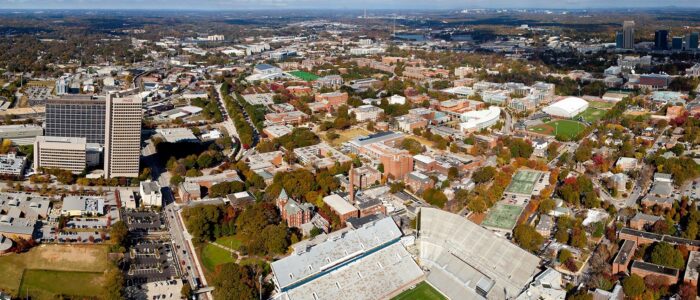
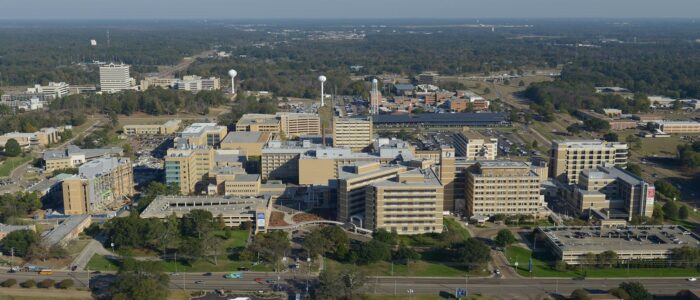
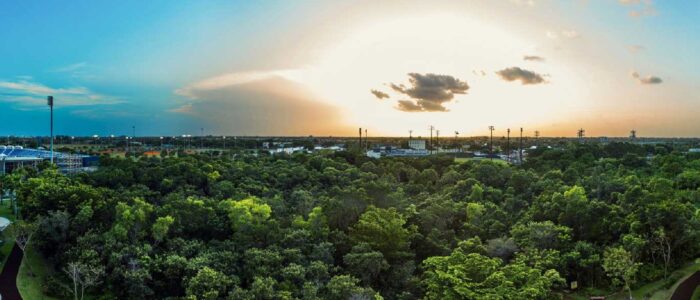
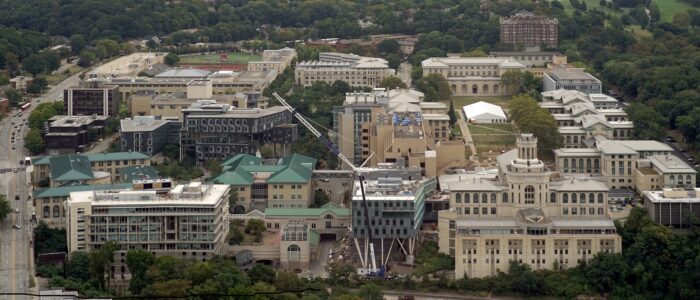
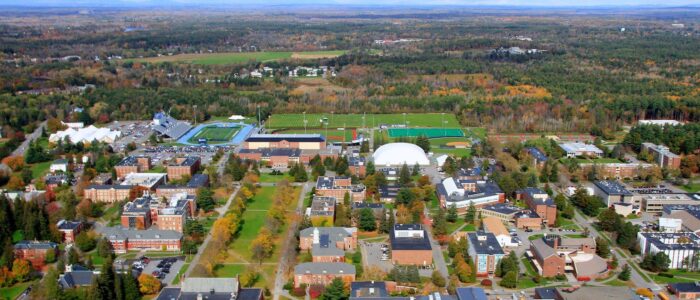
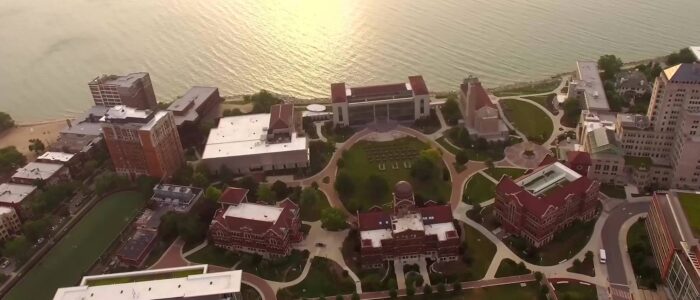
The NESC is a standing item on the 4-times monthly teleconferences of the IEEE Education & Healthcare Facilities committee. The next online meeting is shown on the top menu of the IEEE E&H website:
We have a copy of the first draft of the 2023 NESC and welcome anyone to join us for an online examination during any of Power & ICT teleconferences. See our CALENDAR for the next online meeting.
Business unit leaders, facility managers and electrical engineers working in the education facilities industry may be interested in the campus power system reliability database. Forced outages on large research campuses, for example, can have enterprise interruption cost of $100,000 to $1,000,000 per minute. The campus power system forced outage database discriminates between forced outages attributed to public utility interruptions and forced outages attributed to the university-owned power system. The E&H committee will convey some of the discipline applied by the IEEE 1366 technical committee into its study of campus power systems and, ultimately, setting a benchmark for the standard of care for large university power systems.
* The IEEE changed the nominal date of the next edition; likely owed to pandemic-related slowdown typical for most standards developing organizations.
Issue: [16-67]
Contact: Mike Anthony, Robert G. Arno, Lorne Clark, Nehad El-Sharif, Jim Harvey, Kane Howard, Joe Weber, Guiseppe Parise, Jim Murphy
Category: Electrical, Energy Conservation & Management, Occupational Safety
ARCHIVE: University of Michigan Advocacy in the NESC 2007 – 2017
The 2023 National Electrical Safety Code (#NESC) will be published this August. Stay tuned for new resources from #IEEE coming soon! Read about the upcoming changes here:https://t.co/VLXCNaf74S
— IEEE Educational Activities (@IEEEeducation) June 8, 2022
LEARN MORE:
P1366 – Guide for Electric Power Distribution Reliability Indices
University Design Guidelines that reference the National Electrical Safety Code
New update alert! The 2022 update to the Trademark Assignment Dataset is now available online. Find 1.29 million trademark assignments, involving 2.28 million unique trademark properties issued by the USPTO between March 1952 and January 2023: https://t.co/njrDAbSpwB pic.twitter.com/GkAXrHoQ9T
— USPTO (@uspto) July 13, 2023
Standards Michigan Group, LLC
2723 South State Street | Suite 150
Ann Arbor, MI 48104 USA
888-746-3670



